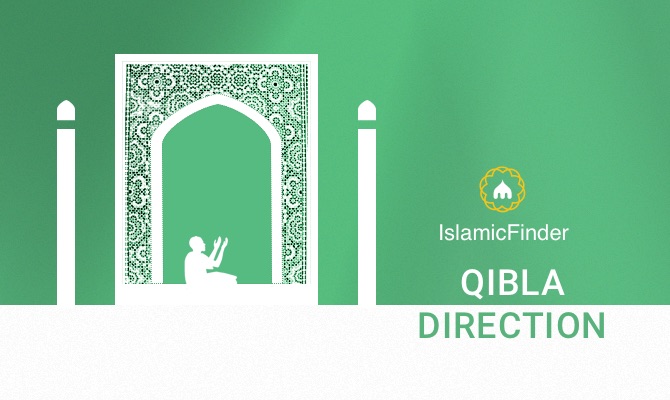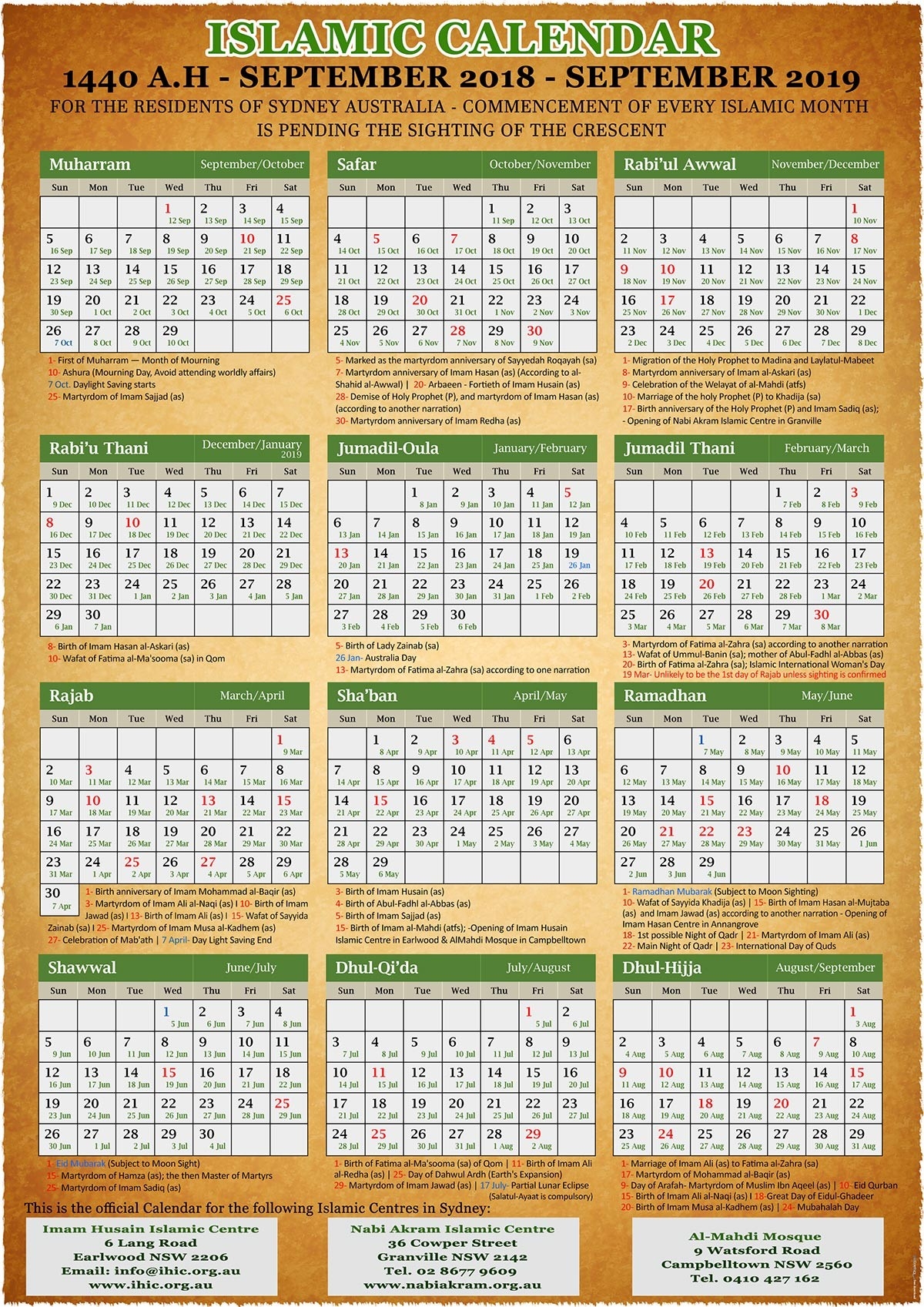
During the three days that passed between Ali's stabbing and his death (19 and 21 Ramadan), Shiites hold night vigils. Most of them are connected with the birth and death dates of Imams and other important figures ( Fatima and Zaynab), and a small number is dedicated to other memorable events in early Islamic history-for example the Occultation of the Twelfth Imam. Moojan Momen in his Introduction to Shi'i Islam lists a total of thirty-four religious commemorations in addition to Muharram and Ramadan. There are a number of other celebrations specific to Shiism. According to some scholars, the Shiite tradition may have been inspired here by the Jewish practice of a day of grief, fasting, and disregard for worldly affairs. As Mahmud Ayoub has pointed out in his study Redemptive Suffering in Islam, Ashura is the only time reserved in the Islamic calendar for rest. In Iran, private people sometimes organize lamentation sessions (Persian: rawza-khani), during which the events of Karbala are commemorated. Rituals associated with Muharram are also held at other times of the year. On the last two days, the community focuses on Husayn. The seventh day of Muharram is dedicated to Qasim ibn al-Hasan, a son of Husayn's brother, Hasan, and the eighth to Abbas, Husayn's half-brother.

The fourth Imam, Ali Zayn al-Abidin, who survived, is identified with either of these two or a third, middle brother. Shiite tradition is inconsistent as to how many sons named Ali Husayn had and who died in Karbala. On the sixth day, either Ali Asghar, Husayn's young son, is remembered, or Ali Akbar, Husayn's teenage son who was killed before his eyes. The fifth day is dedicated to Awn and Muhammad, the two teenage sons of Zaynab (another of Ali's daughters) and thus nephews of Husayn. On the fourth day, Shiites celebrate Hurr, a commander of the Umayyad army who joined the Prophet's grandson.

During the first three days of Muharram, the arrival of Husayn in Karbala is remembered. As the suffering of the martyrs increased, the emotional and physical engagement of the participants intensifies. The Muharram rituals mirror the events at Karbala. Shiites gather, in particular on the tenth day (Ashura), to express their grief and commemorate the events in processions and passion plays ( taziyah). In addition to these common traditions, the first ten days of Muharram, which mark the period of the martyrdom of Husayn and his followers at Karbala, are the most important Shiite festival.

It is the prerogative of the Imam to lead this prayer, even though scholars have gradually assumed this duty. Shiites gather, like Sunnis, on Fridays for a communal prayer, but since the Occultation and until the most recent period it did not have the same significance as for Sunnis. Likewise, similar rituals are held for birth, marriage, and death. While the date of the latter according to the Sunni tradition is 12 Rabi I, Shiites celebrate it on the 17 of the same month, on the same day as the birthday of Jafar al-Sadiq, the sixth Imam. They also celebrate Id al-fitr, which marks the end of Ramadan Id al-adha (or qurban) on the tenth of Dhu al-Hijja, the Festival of Sacrifice to remember Abraham's willingness to sacrifice his son Ishmael and the birthday of Muhammad. Shiites share with Sunnis the rule of the five daily ritual prayers as well as the principle of fasting every year in Ramadan and of going on a pilgrimage to Mecca in Dhu al-Hijja, at least once in one's lifetime if possible. Other protagonists of religious history too will return, among them Husayn with the martyrs of Karbala and the other Imams and Jesus and the other prophets.ĭuring human history, believers have various possibilities to connect to these historical sacred moments. He is distinguished by his beautiful appearance and the light that shines on his face. The restorer of justice is expected to reveal himself in Mecca and then go to Kufa. Human history is sandwiched between two periods of intense contact with the divine: the time before creation and the Day of Judgment, which is preceded by the return of the Mahdi amidst apocalyptic events.


 0 kommentar(er)
0 kommentar(er)
